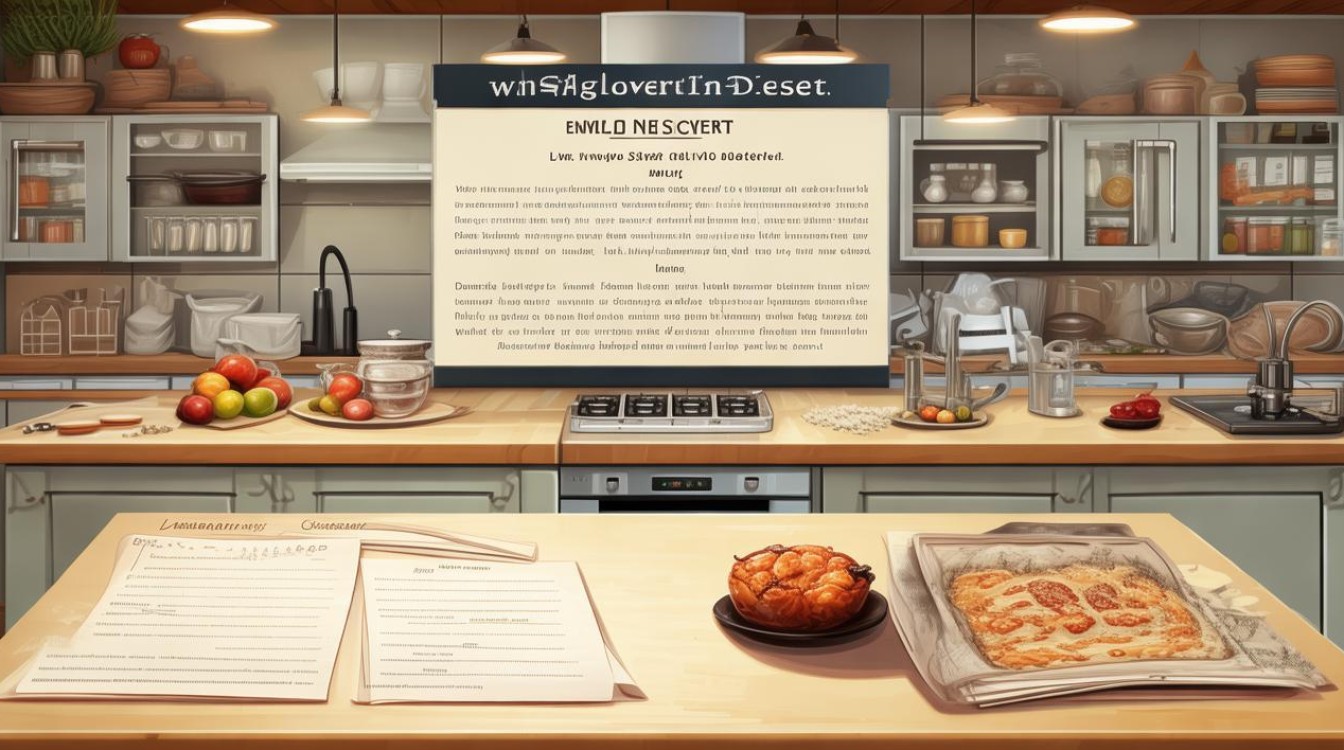The Art of Writing About Dessert Recipes in English
Writing about dessert recipes in English can be a delightful way to improve language skills while exploring culinary creativity. Whether crafting an essay, blog post, or social media caption, mastering this topic requires clarity, engaging descriptions, and proper structure. Here’s how to enhance English writing while discussing sweet treats.

Choosing the Right Vocabulary
Precision in word choice makes dessert descriptions vivid. Instead of generic terms like "good" or "tasty," opt for sensory-rich adjectives:
- Texture: Fluffy, creamy, crunchy, velvety, gooey
- Flavor: Tangy, buttery, zesty, aromatic, decadent
- Appearance: Glazed, golden-brown, speckled, glossy, layered
For example:
"The lemon tart had a crisp, buttery crust filled with a velvety custard, topped with a tangy citrus glaze that shimmered under the light."
Structuring the Essay or Post
A well-organized piece keeps readers engaged. Follow this structure:
Introduction
Begin with an enticing hook—perhaps a question or a sensory detail:
"Have you ever bitten into a warm chocolate chip cookie, its edges crisp while the center remains soft and melty?"
Briefly introduce the dessert and its significance—is it a family recipe, a cultural staple, or a trending dish?
Body Paragraphs
Each paragraph should focus on a key aspect:
-
Ingredients & Preparation
List ingredients clearly and describe steps logically. Use transition words: First, Next, Meanwhile, Finally."Begin by sifting flour and sugar into a bowl. Meanwhile, melt the butter gently to avoid burning."
-
Personal Experience or Tips
Share insights—common mistakes, substitutions, or serving suggestions."For a richer flavor, toast the nuts before adding them to the batter."
-
Cultural or Historical Context (Optional)
If relevant, add interesting facts."The tiramisu we know today originated in 1960s Italy, blending coffee-soaked ladyfingers with mascarpone cream."
Conclusion
End with a strong impression—a thought, tip, or invitation to try the recipe:
"With just a few ingredients and patience, this dessert transforms simple flavors into something extraordinary."
Using Active Voice & Concise Language
Passive voice can make instructions confusing. Compare:
- Passive: "The eggs are beaten until fluffy by the baker."
- Active: "Beat the eggs until fluffy."
Active voice is clearer and more engaging.
Incorporating Idioms & Phrases
Food-related idioms add flair:
- "Easy as pie" (very simple)
- "The icing on the cake" (a bonus)
- "Sweet tooth" (love for desserts)
Example:
"Making this dessert is as easy as pie, and the whipped cream on top is truly the icing on the cake."
Proofreading for Clarity & Flow
Before publishing:
- Read aloud to catch awkward phrasing.
- Check for consistent verb tenses (e.g., don’t switch between past and present).
- Ensure measurements are accurate (grams vs. cups).
Enhancing E-A-T (Expertise, Authoritativeness, Trustworthiness)
Since search engines prioritize reliable content:
- Cite sources if referencing a famous recipe.
- Share credentials (e.g., baking experience, language teaching background).
- Use high-quality images of the dessert to reinforce authenticity.
Practicing with Different Dessert Types
Expand vocabulary by writing about various sweets:
- Cakes: "The sponge cake rose perfectly, its layers sandwiched with raspberry jam."
- Cookies: "These shortbread cookies crumble delicately with each bite."
- Pastries: "Flaky croissants, freshly baked, released steam as I pulled them apart."
Final Thoughts
Writing about desserts merges creativity with language learning. By choosing precise words, structuring content logically, and maintaining an engaging tone, anyone can craft mouth-watering descriptions. Whether for an English assignment or a food blog, the key is to write with passion—because when words capture the essence of a dessert, readers can almost taste it.
Now, why not try describing your favorite sweet treat in English? The process is just as rewarding as baking itself.











